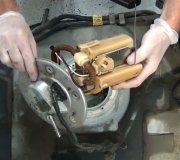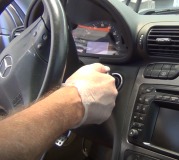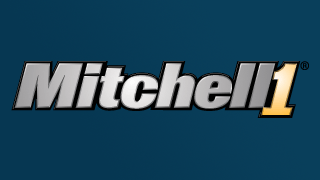Also, about 6-7 months ago, an O2 sensor was replaced as was the fuel rail pressure sensor (not real sure what that is), as well as the fuel filter. This was done by the dealer as the result of the emission control light being illuminated. I never had the problems I have now before this work was done 6-7 months ago.
Any suggestions?
SPONSORED LINKS
Saturday, March 29th, 2008 AT 2:57 AM



